RENISSE EN’T HUIS MOERMONT
JOACHIM OTTENS
Amsterdam 1663–1719 Amsterdam
Etching and engraving on paper, signed "RENISSE en’t Huis Moermont" and "Ottens exc. Amst."
19.6 x 26.2 cm / 7.7 x 10.3 in, with frame 32.4 x 38.4 cm / 12.8 x 15.1 in
PROVENANCE
Private collection, Vienna
This finely executed engraving presents a view of the village of Renisse and the estate of Moermont, nestled in a lush and carefully landscaped environment. In the foreground, a group of mounted riders accompanied by dogs suggests an episode of a hunt or an aristocratic arrival. The estate appears in the distance, behind trees and gardens, with church spires and rooftops populating the skyline. The high level of detail, the balance between architectural clarity and scenic richness, and the refined rendering of light and shadow all reflect the visual sophistication characteristic of the Ottens workshop.
While published under the name of the Ottens brothers, the composition and costume style suggest that the original plate may have been created by their father, Joachim Ottens, in the late 17th century and subsequently reissued by his sons during the early 18th century.
ABOUT THE PUBLISHERS: REINER & JOSHUA OTTENS AND THE AMSTERDAM DYNASTY
Reiner Ottens (1698–1750) and Joshua Ottens (1704–1765) were members of a prominent Amsterdam dynasty of cartographers and engravers whose activity spanned more than a century. Their father, Joachim Ottens (1663–1719), came from a family of seafarers and received his education within the Evangelical Lutheran community of Amsterdam. In his youth, he worked with the renowned cartographer Frederik de Wit, and by the 1680s had established his own publishing workshop, specializing in maps, architectural drawings, and ornamental prints. His enterprise was continued by his widow and eventually by their children.
The Ottens family occupied several properties in the heart of Amsterdam, including locations on Nieuwendijk and Kalverstraat, and was deeply integrated into the city’s intellectual and commercial life. The workshop operated under the sign “De Werelt Kaart” (“The World Map”), emphasizing their focus on cartography. The family actively participated in the Guild of Engravers and Art Dealers, acquiring the official statuses of poorter (citizen of the city) and gildelid (member of the guild). After Joachim’s death in 1719, the business was entrusted to his two younger sons, Reiner and Joshua.
Their professional partnership was formalized in 1726 through a contract that detailed everything from their joint residence and shop responsibilities to rights concerning marriage. After Reiner’s death in 1750, Joshua continued the enterprise, and documents confirm that his widow maintained the business until at least the late 1770s.
Although the Ottens family is sometimes associated with Jewish origins—perhaps due to Joachim’s background or his milieu—official records confirm their affiliation with the Lutheran community of Amsterdam. At that time, the city offered a cosmopolitan environment where individuals from Jewish, Protestant, German, and Flemish backgrounds interacted closely. It was within this multilingual and multicultural setting that the Ottens publishing house developed its distinctive style and success.
The Ottens brothers left behind a rich legacy that includes engravings such as the present views of Capelle and Renisse, as well as maps, atlases, architectural plates, and decorative prints. Their work reflects not only the technical mastery of engravers but also the high level of organization and vision that made their family enterprise an integral part of Amsterdam’s cultural fabric in the eighteenth century.

















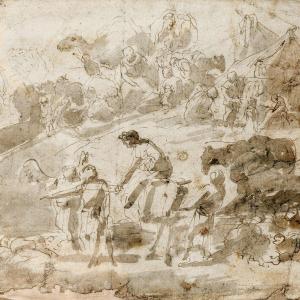
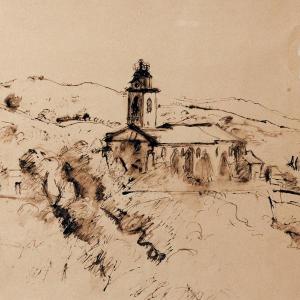


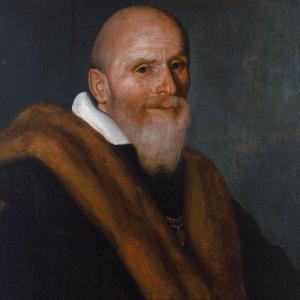


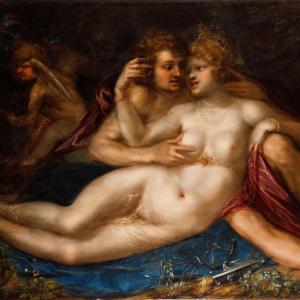

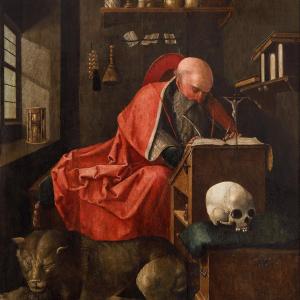
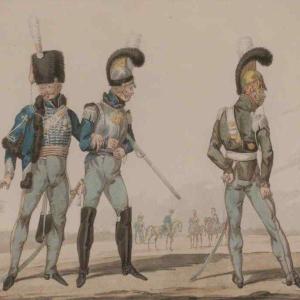


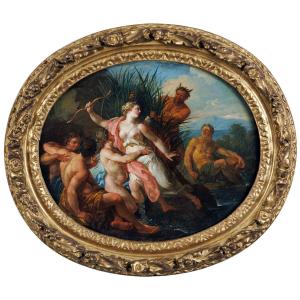
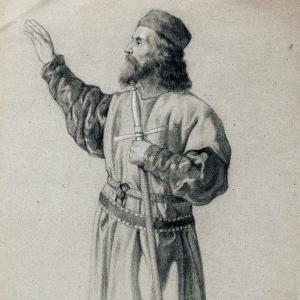
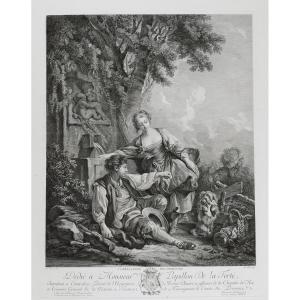
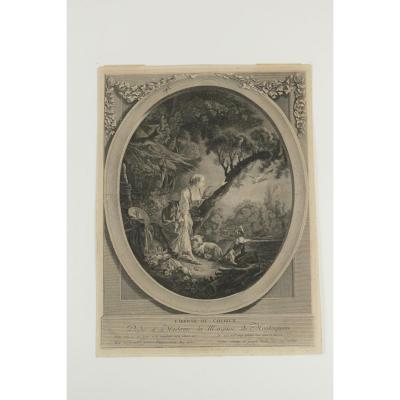
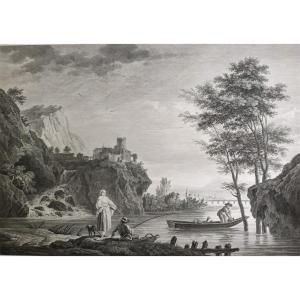
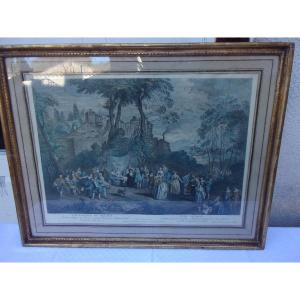




 Le Magazine de PROANTIC
Le Magazine de PROANTIC TRÉSORS Magazine
TRÉSORS Magazine Rivista Artiquariato
Rivista Artiquariato